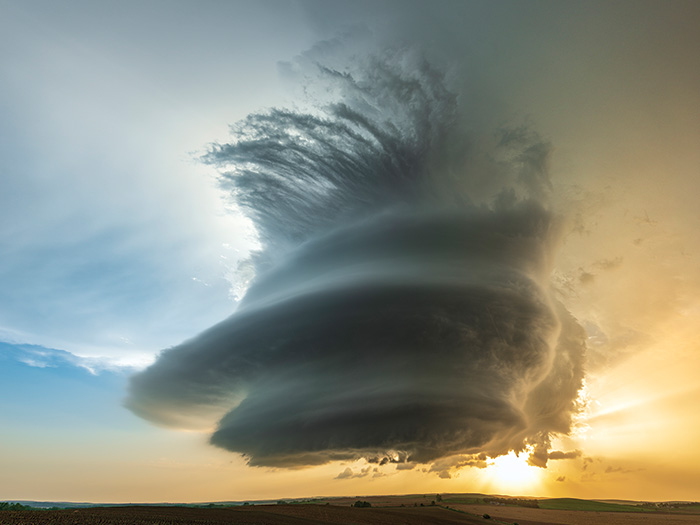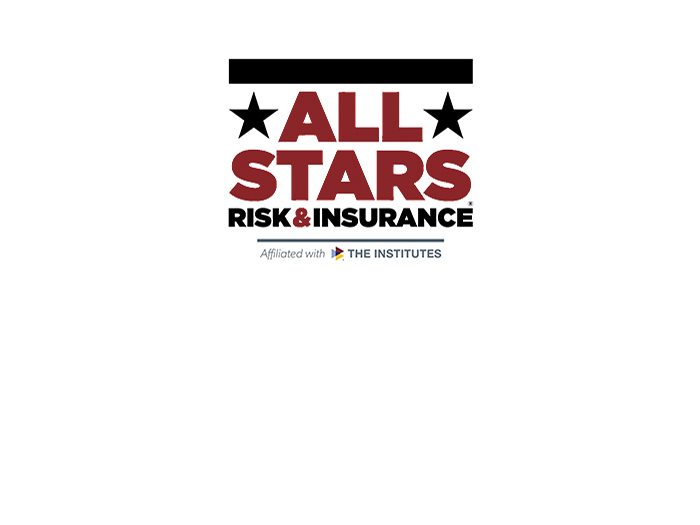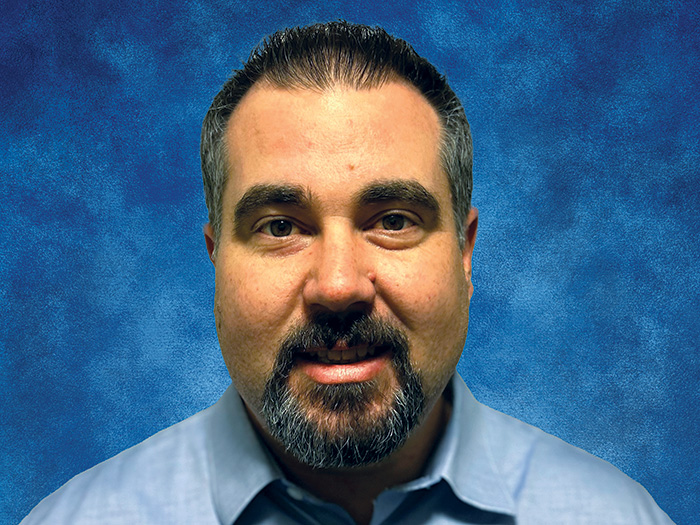Hail, Tornadoes and Wind: The Growing Financial Toll of Convective Storms

Damage from severe convective storms has increased in frequency and severity over the last decade, driven by changing weather patterns and shifting geographical populations.
According to Aon, 70% of global insured losses have been caused by severe convective storms in recent years, accounting for $70 billion in 2023 alone. Between 1990 and 2022, insured losses from severe convective storms rose at an annual rate of 8.9%, with hail and tornadoes among the largest contributors.
Broken down, Swiss Re estimated that about 40% of this increase is driven by inflation, both by developments in the consumer price index and rises in building material, construction and repairs costs, not to mention labor.
Another third stems from economic and population growth, urbanization and spatial expansion. A severe convective storm is defined as an intense atmospheric disturbance that can cause powerful winds, large hail, heavy rainfall or tornadoes. It arises from specific atmospheric conditions, including atmospheric instability, latent heat release, air pressure differences, low-air pressure and wind shear.
The most damaging storms, including tornadoes, are most prevalent in the U.S. Given their often sudden and fast-moving nature, they can be extremely hazardous and cause widespread and severe devastation, particularly in highlypopulated areas where such events have never happened before.
In some cases, for example, there may be a month’s worth of rain in just a couple of days. “Severe convective storms are having a material impact on property underwriters’ portfolios,” said Tehya Duckworth, SVP, property underwriting manager at Munich Re.
“Depending on geographic distribution, it is not uncommon for an average annual expected loss from severe convective storms to exceed that of hurricanes.”
The problem has been exacerbated by an increase in buildings being erected in towns and cities, with suburban sprawl and construction making for bigger storm targets. As a result, there has been a big geographical shift in where these events are happening, no longer confined to just Tornado Alley and surrounding areas.
Rate Increases
The increased losses are putting upward pressure on primary insurance rates and reinsurance costs, making coverage unaffordable or inaccessible for many insureds. Rising claims costs are also prompting insurers to increase deductibles, such as moving from a flat dollar deductible to a percentage storm deductible with reduced coverage.
With many insurers also pulling back or exiting the most risk prone markets altogether, often insureds are having to use multiple carriers to get coverage or are going without.
“There has been a substantial rise in claims due to the more frequent and intense storms, as well as a greater clustering of events, which leads to concentrated regional losses,” said Pietro Andreotti, associate director, strategic risk consulting, New York — climate and catastrophe management at WTW.
“This surge in claims has forced insurers to reevaluate their risk models and adjust premiums accordingly.”
Another issue is that due to their unpredictable nature and, given their relative recency, and lack of historical data, it’s hard for insurers to model and identify more at-risk areas. That’s why insurers are increasingly bringing in weather experts to help forecast such events.
“Predicting how extreme wind, hail and tornado activity is evolving remains challenging,” said Richard Bater, associate director – physical climate risk at WTW.
“Limited historical records make it difficult to determine whether recent trends result from natural weather variability or longer-term shifts driven by global climate change.”
In response, insurers need to be more diligent in their pricing, underwriting coverages and forms in order to accurately reflect the risk, in light of the fact that traditional models may not fully consider recent changes in storm frequency and intensity.
“Underwriters must carefully manage their aggregate deployment to ensure they receive sufficient premium income to cover their internal cost structures,” said Gregory Mann, U.S. property placement leader at Marsh.
“This has prompted nearly all insurers to assess their portfolios for the risk of convective storms, ensuring they do not become overexposed in any single geographic area and maintain the financial resources necessary to withstand one or multiple significant convective storm events.”
A trending alternative risk transfer solution is parametric insurance, particularly where certain risk types aren’t covered, or higher excess or lower limits apply, especially for business interruption and secondary risks, such as flooding that may follow severe convective storms.
“Improvements in observing and reporting on hail and tornadoes means that there are parametric insurance options available in the marketplace to protect again SCS,” said Megan Linkin, expert parametric Nat CAT structurer at Swiss Re Corporate Solutions.
“Parametric insurance, which settles claims based on the event intensity like the largest hail that falls at a site, or the EF intensity of a tornado as it passes through a site, allows insureds to receive payments quickly [within 30 days of an event] and use the money for a variety of financial and physical losses that are not covered by traditional property policies.”
Self-insuring certain properties or covering repair costs without filing a claim is another viable option for insureds. Reinsurance is also critical for managing tail risk and uncertainty.
“To manage this increased risk, insurers have implemented separate deductibles specifically for wind and hail damage, particularly in regions prone to severe convective storms,” added Nancy McConville, vice president, E&S property at Arch Insurance.
Going forward, insureds, authorities and communities need to thoroughly assess the potential risks they could face and focus on improving the built environment to help minimize losses and optimize capital allocation.
That includes establishing improved building codes and construction standards for properties that will withstand strong winds, installing sufficiently wind rated garage doors, siding that can withstand hail, and roofs that are connected to the home and are made of quality materials that can withstand both wind and hail.
It’s also vital to develop and regularly review defense and disaster response and recovery plans.
“Insureds need to have a well thought-out recovery plan in the event that one of these storms may occur,” said Shaun Guinan, general manager, large property at Liberty Mutual.
“That could include understanding your flood exposure, making sure your roof can withstand a hailstorm, having a safe area to protect your employees or having generators on site in the event of a power failure.” &










